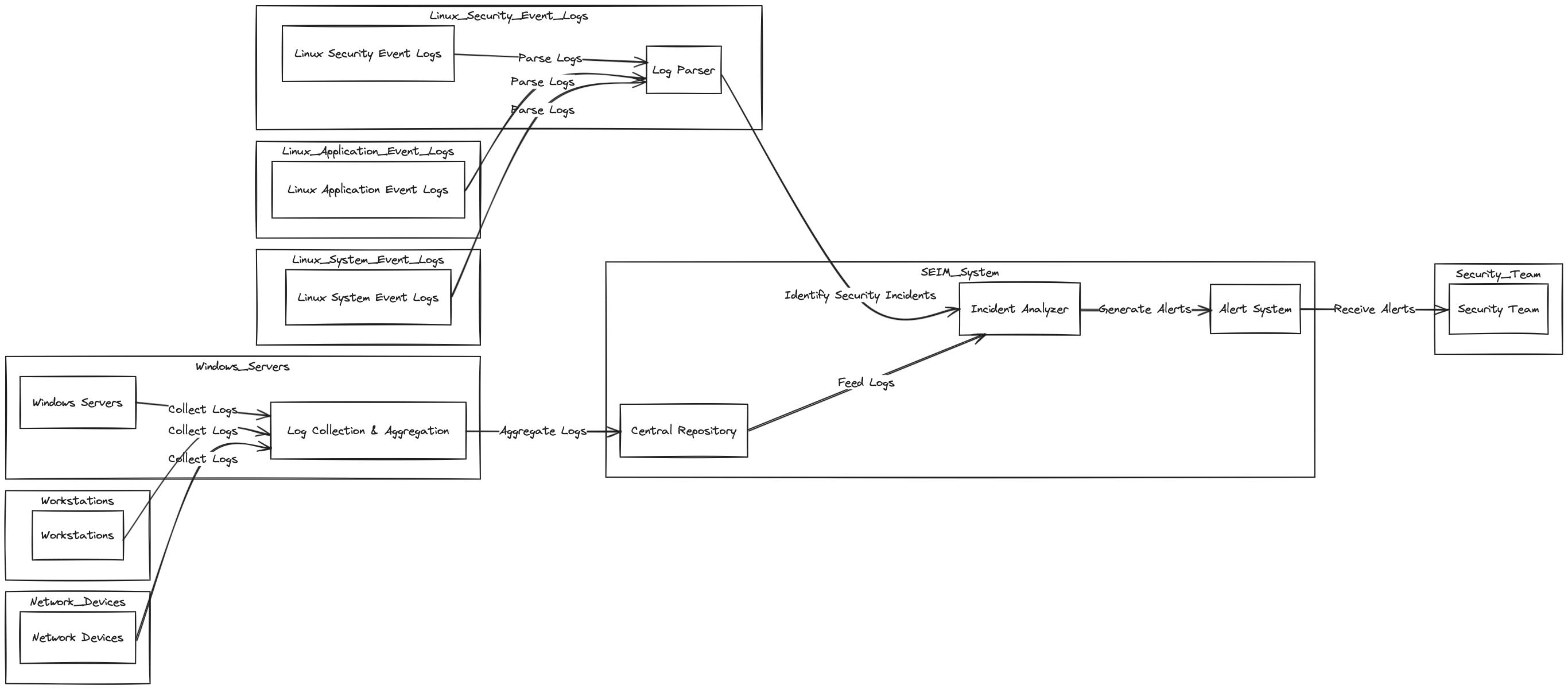System Design
External Interface
User Interfaces
The user interface of OpenArmor encompasses intuitive interactions between the software product and its users. Key characteristics include:
- Graphical User Interface (GUI) standards adhering to modern design principles.
- Screen layout constraints ensuring optimal user experience.
- Standard buttons and functions such as help options available consistently across screens.
- Error message display standards for clear communication of system issues.
- Detailed user interface design documented separately in the User Interface Specification.
Hardware Interfaces
OpenArmor interacts with hardware components of the system through logical and physical interfaces, including:
- Supported device types compatible with OpenArmor's operations.
- Nature of data and control interactions between the software and hardware components.
- Communication protocols utilized for seamless integration with hardware.
Software Interfaces
Interconnections between OpenArmor and other software components are crucial for seamless functionality, including:
- Integration with specific software components (name and version) for data exchange.
- Identification of data items/messages entering and exiting the system.
- Description of services needed and the nature of communications.
- Detailed documentation referencing application programming interface protocols.
Communication Interfaces
Communication requirements associated with OpenArmor include:
- Support for various communication functions such as email, web browsing, and network server communications protocols.
- Definition of pertinent message formatting standards.
- Identification of communication standards such as FTP or HTTP.
- Specification of communication security and encryption protocols, data transfer rates, and synchronization mechanisms.

System Features
Kernel Space Logging
Description and Priority
Efficient extraction of logs directly from the kernel space with minimal overhead.
Stimulus/Response Sequences
- User initiates logging process.
- OpenArmor captures kernel-level system logs.
- System responds with captured log data.
Functional Requirements
- REQ-1: Implement eBPF technology to capture kernel-level system logs.
- REQ-2: Ensure minimal overhead during the logging process.
OCSF Standardization
Description and Priority
Structured normalization of logs into standardized formats for interoperability.
Stimulus/Response Sequences
- User triggers log normalization process.
- OpenArmor transforms raw logs into standardized OCSF format.
- System confirms successful normalization.
Functional Requirements
- REQ-3: Implement algorithms for structuring and normalizing logs into OCSF format.
- REQ-4: Ensure interoperability with external systems.
Automated Threat Detection
Description and Priority
Utilization of machine learning for proactive threat detection.
Stimulus/Response Sequences
- OpenArmor continuously analyzes log data for anomalies.
- Detected anomalies trigger threat alerts.
- System provides recommendations for threat mitigation.
Functional Requirements
- REQ-5: Develop machine learning algorithms to baseline normal behavior.
- REQ-6: Implement anomaly detection mechanisms for proactive threat identification.
